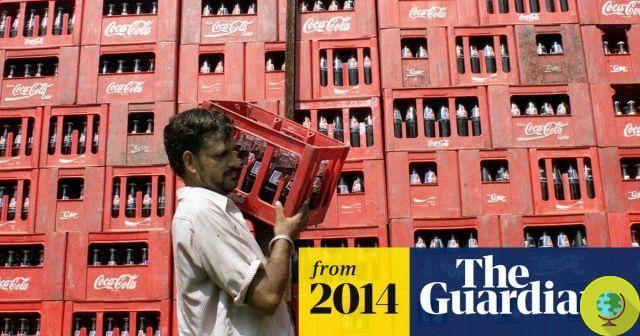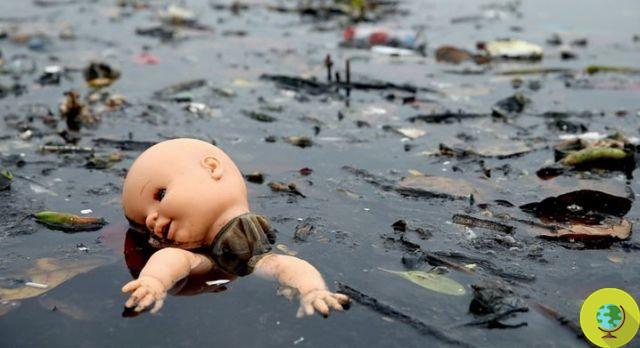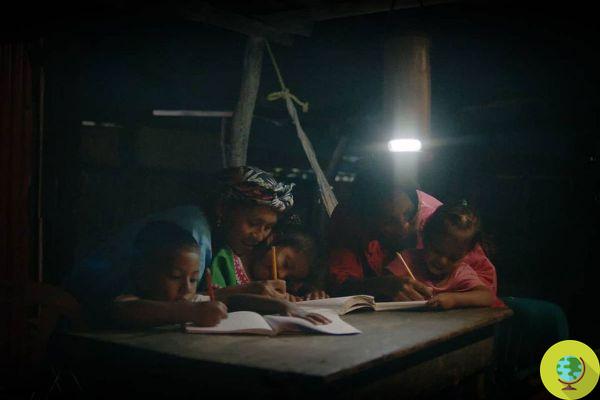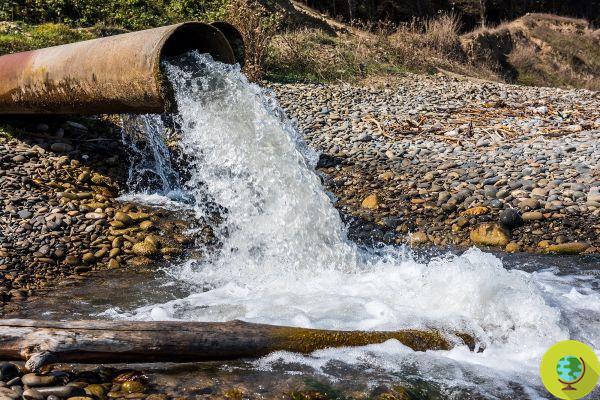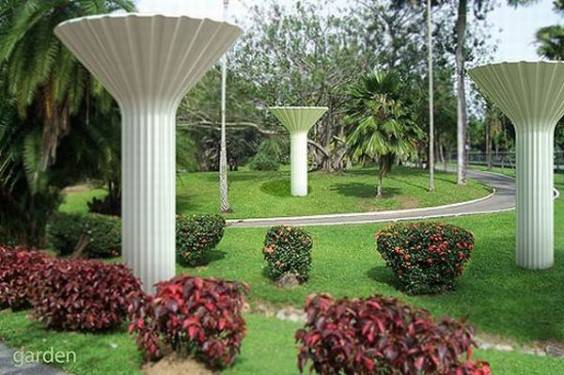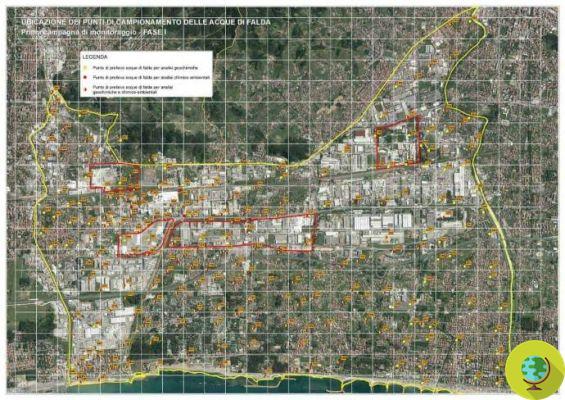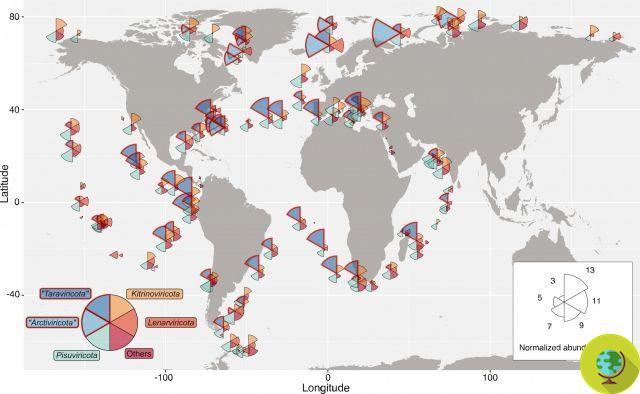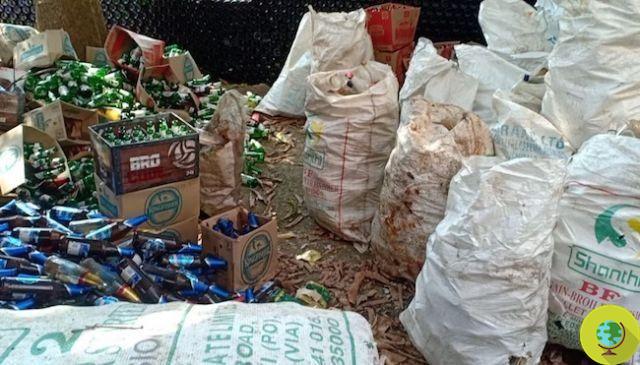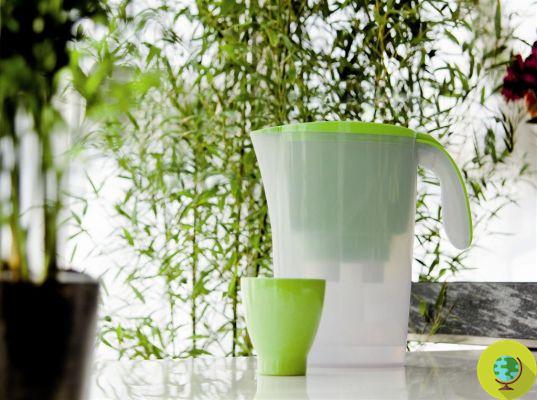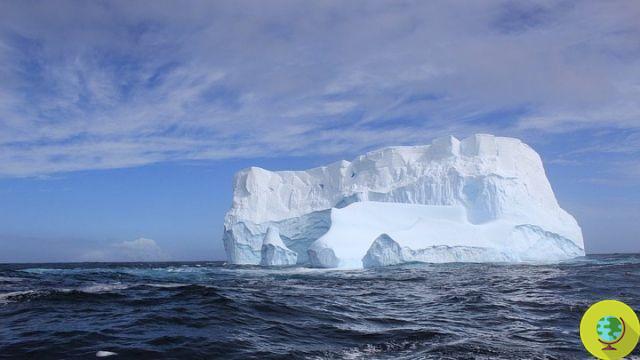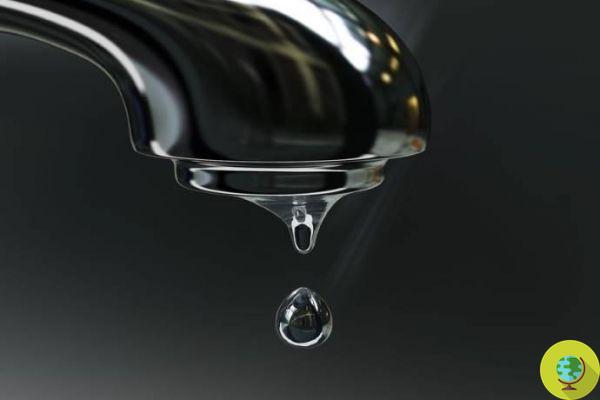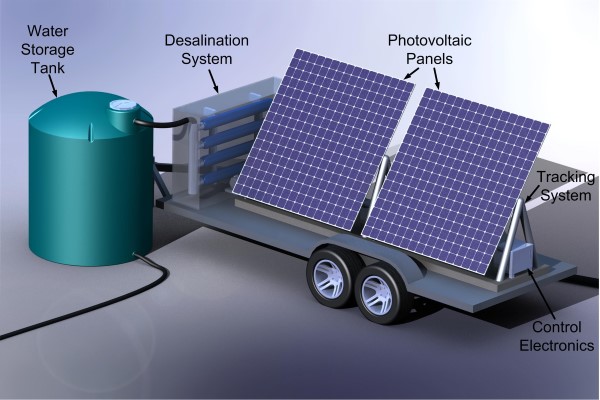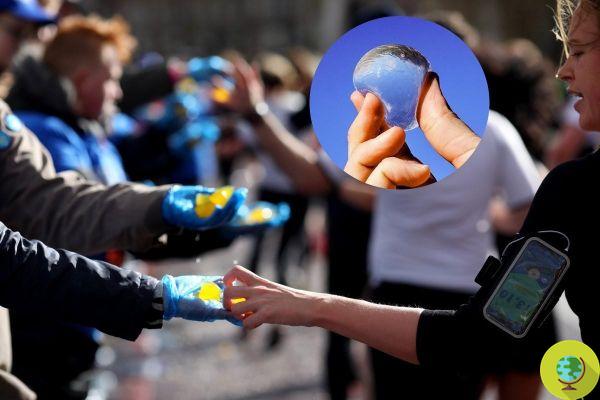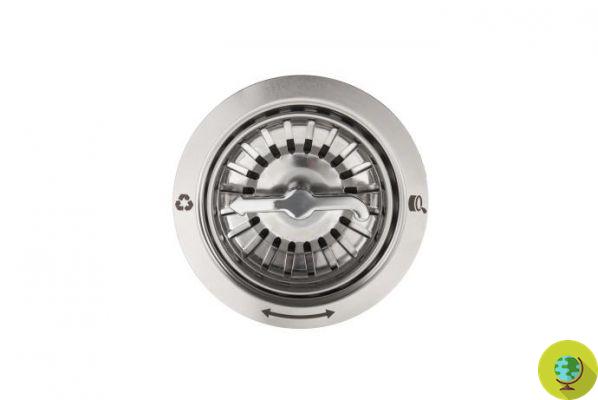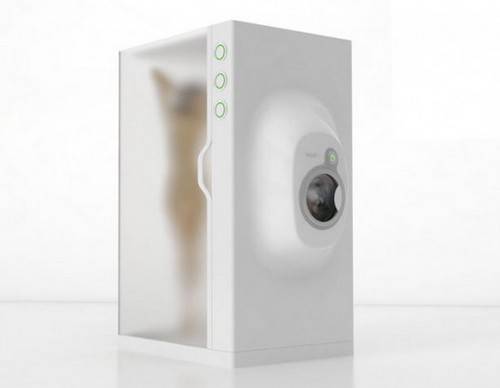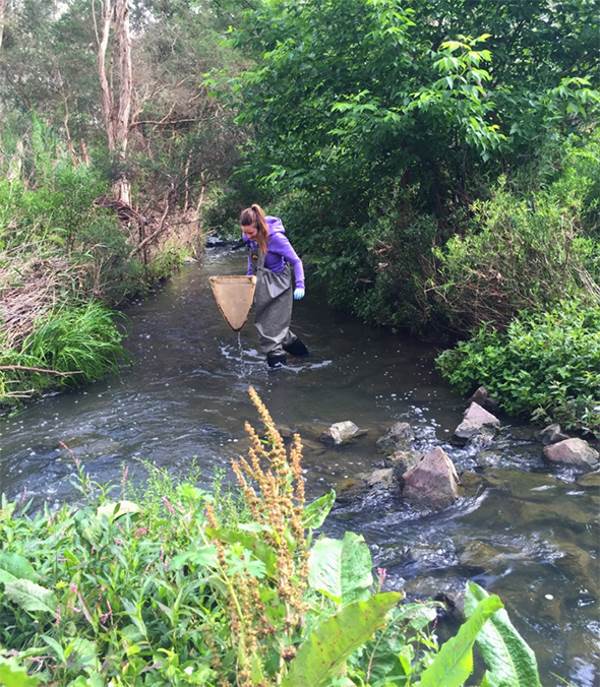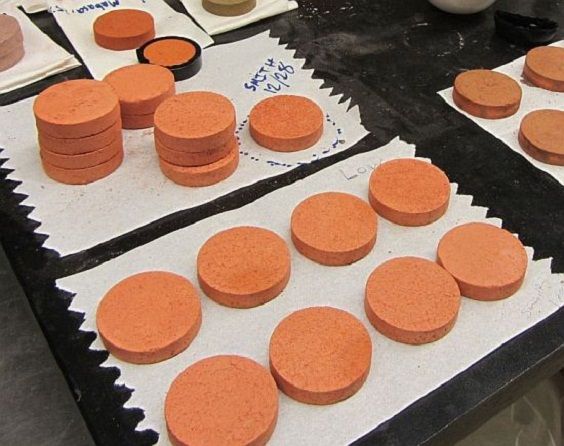13 tons of water to produce a telephone, 14 and a half tons for a pair of boots: a Friends of the Earth report reveals how many natural resources are needed to create clothing, mobile phones and various objects
He is about to end up run over, his mother saves him
Commonly used objects e water footprint. Shoes, smartphones, t-shirts: these are the objects of common use, the ones we use every day and with which we would no longer be able to live. But how much they cost us? And not just in terms of the money that comes out of our wallets. Everything that surrounds us and which we cannot do without has aenvironmental footprint of no small importance. And to go under it, will be, as usual, future generations.
13 tons of water to produce a latest generation phone, 14 and a half for a pair of boots: a new report from Friends of the Earth, a network of environmental organizations from 74 countries, reveals how many natural resources they are used to create clothing, mobile phones and various objects that we see every day.
The problem is, according to the survey based on Trucost data, not only the carbon footprint of the different products, but also the consumption of water and soil resources.
So, if for one t-shirt about 4 tons of water and just over 4 square meters of soil are needed for one chocolate bar almost one and a half tons of water and more than 2,5 square meters of soil are needed. A cup of tea has a smaller footprint than a cup of coffee: tea requires 28 liters of water and a surface area of 0,02 square meters, while coffee requires 136 liters of water and 0,1 square meters of soil .
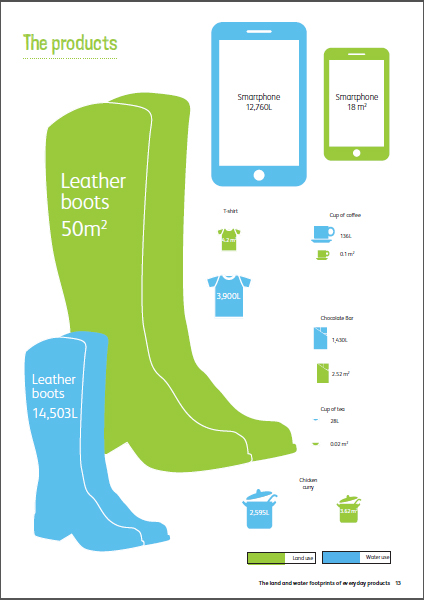
The water footprint comes mostly from rainwater which is used to raise livestock and water to dispose of the pollutants produced in the tanning processes. If a pair of leather boots is made in plants with suitable waste treatment, 14,5 tons of water are needed, otherwise at least 25 tons are needed. As for the t-shirts, then, they are the cotton plantations to absorb about two thirds of land consumption (65%) and 68% of the total water used.
"The estimates given in the report remind us how heavily we are treading on the world - declares former European Commissioner for the Environment Janez Potocnik -. The solution could be to proceed more lightly, while continuing to grow our economies and improving the well-being of citizens “.
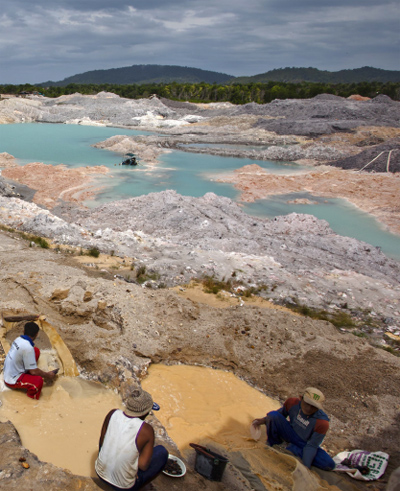
The packaging
Finally, according to the analysis of Friends of the Earth, often the difference is made by packaging and raw material. For example, in the clothing sector, around 20% of water and soil consumption is due to the use of materials used in packaging. Percentage that rises to 84% (referring only to the soil) for the toy sector. Of the different everyday products, leather boots have the biggest impact: most of the land use (86%) is absorbed by the livestock from which the manufacturing material is made.
Germana Carillo
READ also:
Water Footprint: the 10 foods that consume the most water
Like corrugated cardboard in fruit and vegetables, it reduces water waste




